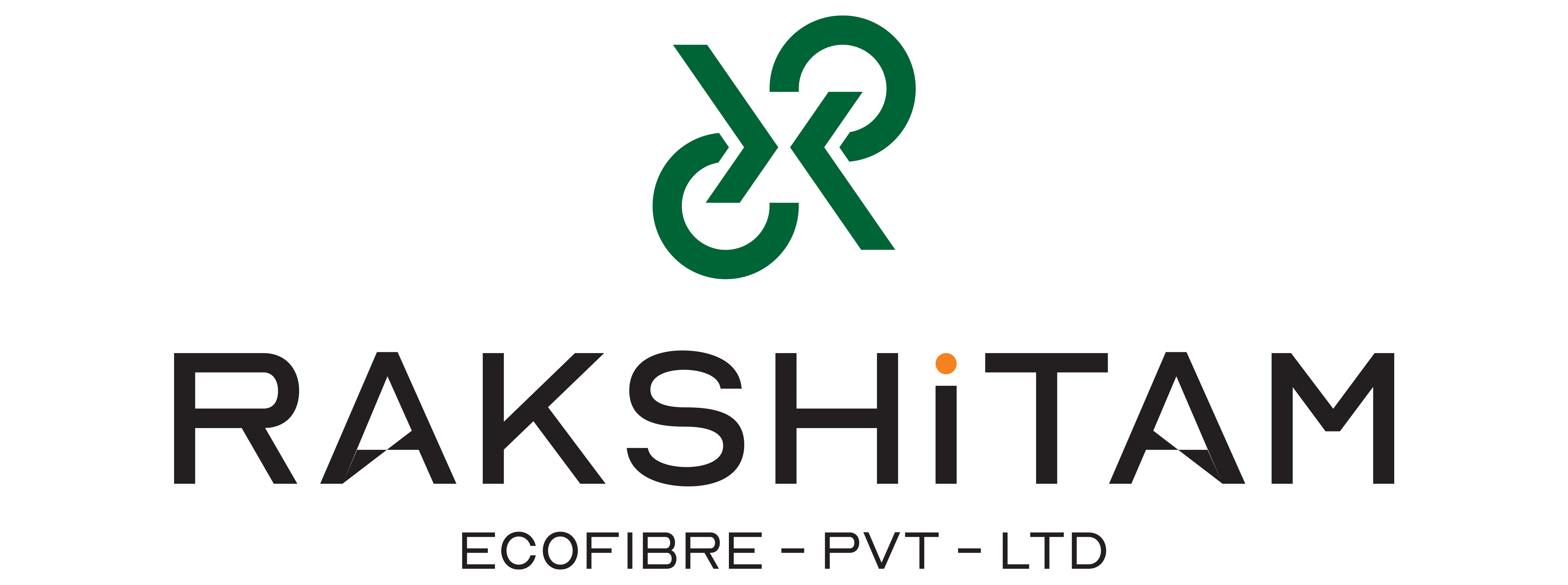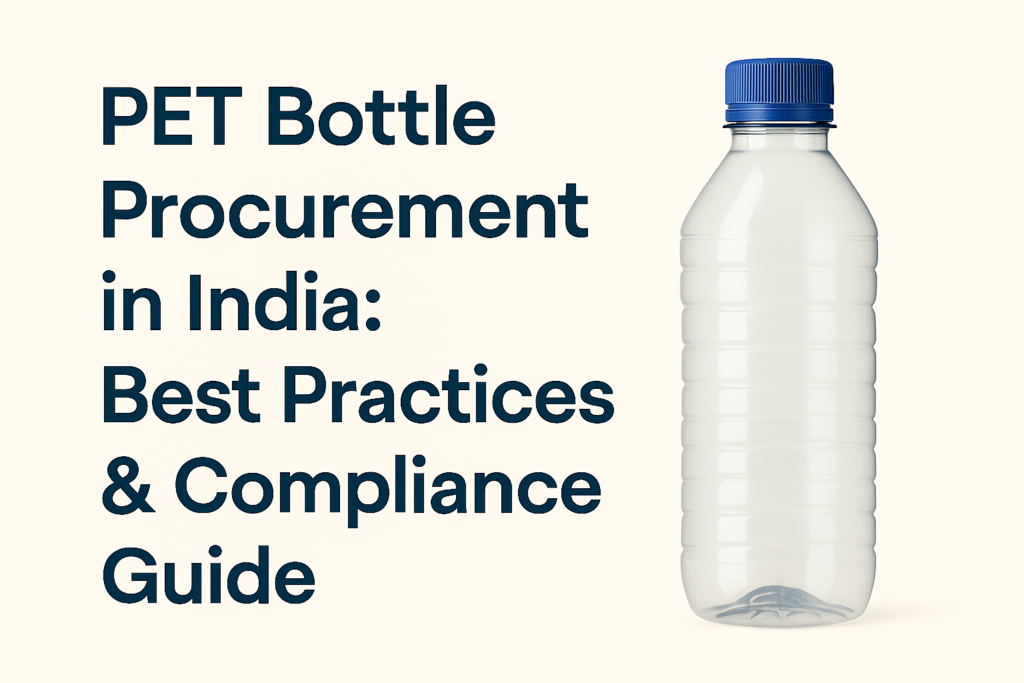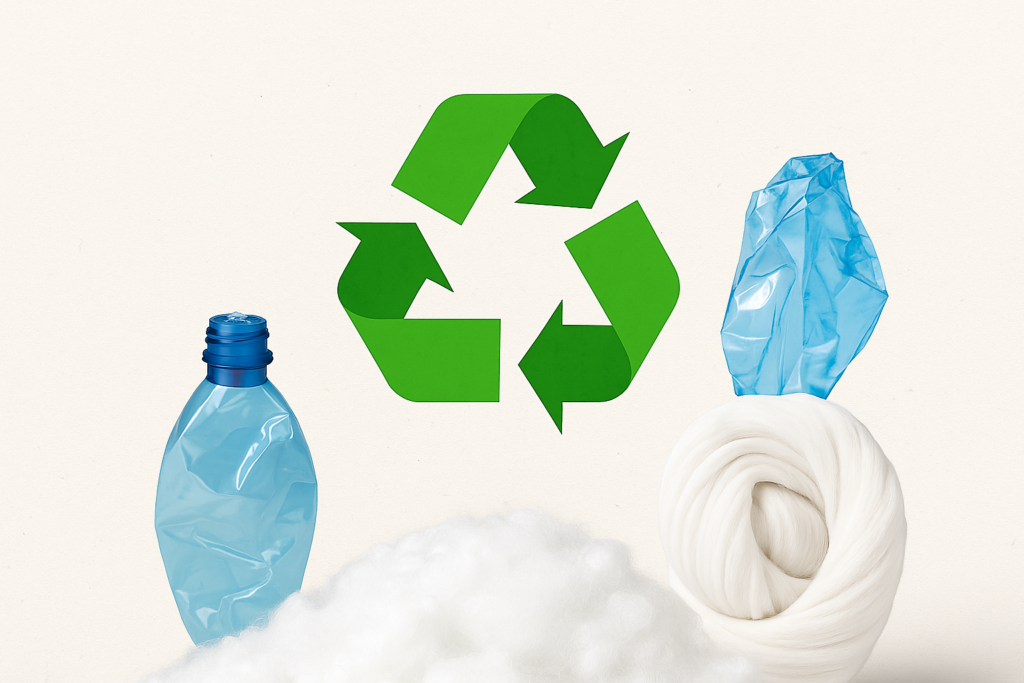India has made a significant move towards sustainability by imposing 2025 plastic packaging recycling regulations. The legislation strives to reduce plastic waste, foster circular economy initiatives, and hold producers accountable for environmentally friendly packaging. For Indian manufacturers located in India, it is important to know and comply with these regulations to avoid fines and mitigate damage to brand reputation.
Knowledge the 2025 Plastic Packaging Recycling Rules
The Ministry of Environment, Forest, and Climate Change (MoEFCC) imposed more stringent regulations under the Extended Producer Responsibility (EPR) policy. These rules shall extend to all manufacturers, brand owners, and importers of plastic packaging material.
Key highlights are:
- Mandatory Recycling Targets: Manufacturers are mandated to meet annual recycling rates for all types of plastic packaging.
- Recycled Content Requirement: A minimum proportion of recycled plastic must be used in new packaging.
- Registration on the CPCB Portal: all producers have to register with the Central Pollution Control Board (CPCB) for compliance monitoring.
- Ban on Certain Single-Use Plastics: the items listed are specific plastic items that do not have the capacity to be recycled.
Who Has to Comply?
These rules shall extend to:
- Plastic packaging makers
- Product packaging manufacturing consumer goods
- Importers of packaged goods into the country
- Online retailers that sell plastic packaging products
If your company falls under any of the following categories, compliance is mandatory.
Manufacturer Compliance Steps
To maintain compliance with the 2025 plastic packaging recycling mandate, producers will need to:
1. Comprehend EPR Obligations
Calculate your yearly recycling target in terms of weight and type of plastic packaging that you generate.
2. Register with CPCB
Register for Extended Producer Responsibility online and provide necessary documents.
3. Employ Recycled Content
Collaborate with recycling facilities to ensure your packaging is filled with the necessary amount of recycled material.
4. Maintain Proper Records
Keep detailed records of production, recycling, and waste disposal activity for inspection.
5. Submit Annual Compliance Reports
Annual reports to the CPCB portal, confirming you met your recycling and recycled content targets.
6. Submit Annual Returns
File yearly compliance reports to CPCB, confirming that your recycling and recycled content targets are met.
Penalties for Non-Compliance
Non-compliance with recycling targets or CPCB registration may result in:
- Heavy penalties and fines under the Environment Protection Act
- Suspension of production licenses
- Damage to brand reputation and customer confidence
Benefits of Compliance
Though these regulations appear daunting, they also provide advantages:
- Enhanced Brand Reputation: Shoppers increasingly favor green brands.
- Regulatory Assurance: Avoids legal and operational risks.
- Market Access: Compliances ensure steady business without administrative restrictions.
- Sustainability Targets: Lower environmental impact contributes to achieving ESG objectives.
Staying Ahead of the Curve
To remain competitive:
- Invest in R&D for green packaging.
- Align with certified recyclers.
- Research biodegradable alternatives where feasible.
- Keep your compliance and manufacturing personnel regularly informed about new regulations.
Also Read: PET Bottle Procurement in India: Best Practices & Compliance Guide
Conclusion
India’s 2025 Plastic Packaging Recycling Rules are a major step towards sustainable manufacturing. For producers, compliance is not merely adhering to the law it’s being relevant in an environmentally conscious market. By adopting these regulations, companies can enhance brand credibility, unlock new market doors, and help make India cleaner and greener.







